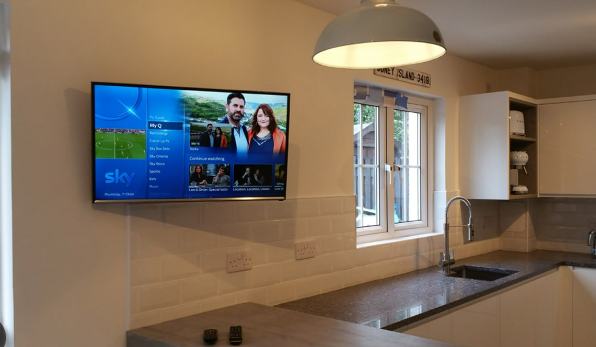Hot US Construction Industry Trends
In 2017, the construction industry will keep building adding new jobs, suffering from worker shortages, and allowing technology to play a greater role in the industry.
Continued Labor Shortages
Last year, it seemed like not more than a week or two would pass without a news story from somewhere in the country reporting on local labor shortages. The Associated General Contractors of America (AGC) reported back in August that more than two-thirds of construction firms are having a difficult time filling labor positions and the Bureau of Labor Statistics for January showed there were 205,000 openings, down just slightly from the 221,000 in December. With President Trump announcing that he is pushing through bills for infrastructure spending in 2017, and has approving some long held-up projects like the Keystone XL and Dakota Access pipelines, more construction jobs are coming. The continued uptick in jobs throughout the US and the positive sentiments in the economy is causing the private sector to be bullish on future growth prospects, and the labor market is getting tighter. With experts in all fields being pursued, particularly ones with skills in civil construction, construction QA/QC, and geotechnical consultation like Reddy Kancharla, it will certainly mean construction industry shortages in 2017.
More Use of High Tech
Technology will continue to play an important and growing role, in construction. Virtual Reality (VR) will be used more on the design side by architects and engineers while Augmented Reality (AR), will have a larger presence on the construction site. VR will see some use by construction firms in areas like safety training and teaching workers how to properly operate heavy equipment. Better project visualization, enabling and improving real-time collaboration among stakeholders and leading to increased adoption of Building Information Modeling (BIM) applications are just a few ways the construction industry will benefit from AR and VR technology.
Also because the Federal Aviation Administration finally issued rules for commercial use of drones in August of 2016, you can expect to see more flying and hovering over jobsites in 2017. Many construction sites were already using them via exemptions they received. Drones are being used to do aerial surveying of a site, monitor worker productivity and safety and conduct inspections on bridges and tall buildings.
Autonomous vehicles will also play an even more prominent role in construction going forward. Two of the major benefits this tech provides is to help ease the worker shortage on construction sites and providing an ability for construction companies to put a less skilled worker in the cab. Vehicle manufacturers including Komatsu and Volvo CE are releasing new autonomous, semi-autonomous and remote-controlled excavators, bulldozers and other heavy equipment that have features design to work alongside workers at the sites and improve safety at the same time. Royal Truck & Equipment has been doing pilot tests with the Florida DOT for self-driving crash trucks for work zones.
2017 looks to be a very productive year for the construction industry!













Post Comment